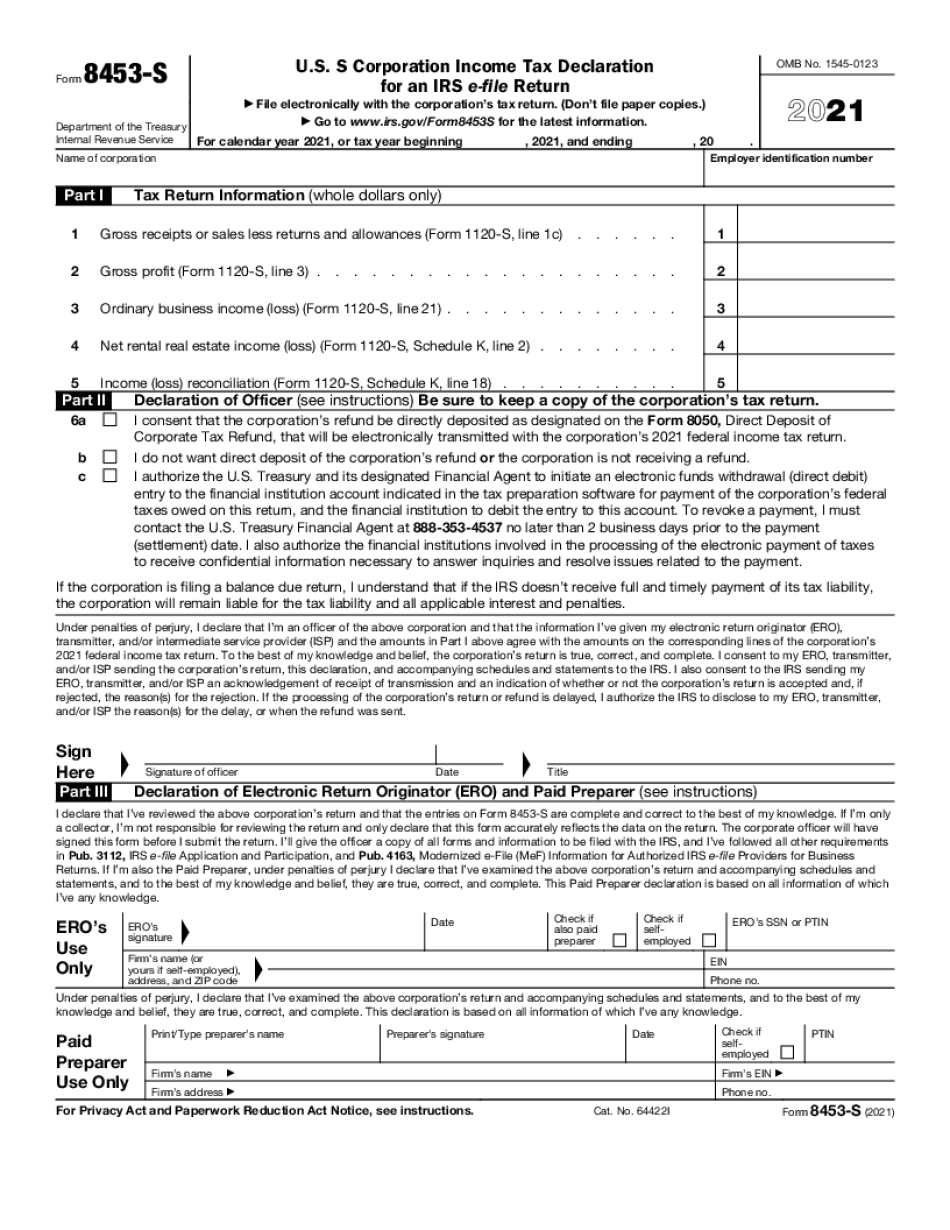Let's begin part two of rotations. I thought I should summarize for you the main points because you learned a whole lot of stuff, but you don't have to carry all that in your head. What I'm going to write down is the essential subject you should know. So, we were going to do rotation of rigid bodies, which are forced to lie on the XY plane. They have some shape, and here are the main ideas we should know. First, you pick a point around which you want to rotate the body by driving a little skewer through that. That's the point of rotation. Then, here are the things we learned: 1. The body has a mass M, which is the simple thing you put it on a weighing machine. That's the mass. 2. It has a moment of inertia, which, if the body were made of a discrete set of points, would be the mass of each point M sub I times the square of its distance from the point of rotation. For a continuous distribution of matter like this one, the sum is replaced by an integral. For example, for a rod, it was ml squared over 12 around one of the ends, around the center of mass, and for a disk, it was M R squared over 2. So, everybody has a moment of inertia. Here is the important caveat: with respect to a particular point, there is nothing called the moment of inertia because depending on the point, these distances will be different. 3. If you want the rigid body to start doing interesting things, you want it to move around. It'll have an angular velocity Omega, which is the rate at which it goes round and round. It's the usual frequency times 2 pi because 2 pi radians...
Award-winning PDF software





Video instructions and help with filling out and completing Are Form 8453 S Contributing

